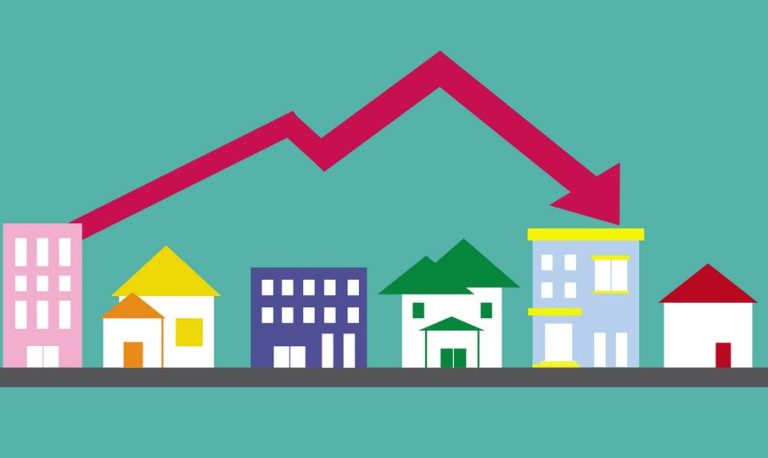Anybody who follows the news must be aware that the UK is in the throes of a housing crisis. Press and broadcast media lead on it, politicians debate it and Prime Minister Theresa May has declared building more homes to be her personal mission. She did this because there’s near universal agreement that the driver of high house prices, which are pushing home ownership beyond the reach of young people, is lack of supply. The consensus is that it’s a question of demand outstripping supply and therefore we have to build more homes. I say `near universal agreement’ because there was some debate about this supply and demand analysis in the last quarter of 2017. On the one hand, economist John Kay argued powerfully that, to fix a `broken’ UK housing market, we have to expand house building and, like any good economist, he could quote some compelling figures to support his case. He pointed out that immigration has driven an acceleration in population growth while the size of households has been declining. To meet that underlying growth in demand and to replace ageing stock, Kay reckons we need to be building at least 300,000 houses a year – a figure that hasn’t been achieved for the past 40 years and, in fact, in the last decade we’ve only managed about half of that. Kay says that the inevitable result of this supply and demand mismatch is a price hike and, lo and behold, since the early 1990s, house prices have more than doubled in real terms, despite the 2008 crisis. His solution is simple: to build more houses. This diagnoses didn’t go unchallenged. Writing in the FT, Nathan Brooker says that Kay is wrong and that to `build yourself out of a housing crisis is like trying to dig yourself out of a hole’. In fact, Brooker seems to deny there’s a housing shortage, arguing that prime central London is full of empty houses and that the capital is oversupplied with homes that are too expensive. This is Brooker’s point – that it’s not largely a problem of supply and demand, but of homes being too expensive. He blames this on high land values, a cumbersome planning system and the fact that house owners generally like high house price and worry when they fall. Easy credit and low interest rates have also played a part in increasing demand and pushing up prices to the extent that UK homes, at least in London, have become attractive assets for foreign investors. It’s true – for people with money, homes have been one of the most attractive forms of investment, even if they never intended living in them themselves. Investors in buy-to-let have reaped massive returns, gaining on average 1,400% since 1996 — four times more than equivalent investments in commercial property, government bonds or shares. The enthusiasm for investing in housing has been fuelled by correspondingly poor returns from other forms of investment. The stock market by February 2015 had only just recovered to its peak of the end of 1999 before the dot.com bubble burst, so that the total real return of the FTSE 100 over that period was close to zero. So, for a variety of reasons, not necessarily connected to demand, house prices are high and there is little point in building more if people cannot afford to buy them. Subsiding building doesn’t necessarily help either as Spain, Ireland and Portugal all tried that, but it achieved little for them other than large stocks of unwanted houses. It’s not true, by the way, that our European neighbours rely more on subsidised social housing than the UK, where it accounts for about 18% of all homes. Only three European economies rely more on social housing than we do: the Netherlands, where it accounts for 32% of all homes, Austria at 23% and Denmark at 19%. There is a further point that a number of observers have made, namely that there can’t be a shortage of houses in the UK when so many are sitting empty. Less than a year ago it was reported that the number of empty homes in the UK was at its highest for 20 years. Government figures showed that there were more than one million additional homes above those required for households in the UK, prompting at least one economist to say that this suggested building more homes would do little to bring prices down. In truth, these figures on empty homes are, in themselves, misleading. On their own, they don’t give a full picture because they include second homes, or properties which are empty because they are awaiting for tenants or home owners to move in. But, looking at the big picture, all of this suggests that the UK housing market is more complicated than might appear at first sight. One thing that is clear is that the problem is different in different parts of the country – London being one obvious and extreme example. It doesn’t really address the issue to take the UK, or even England as a whole, and attempt to balance the overall national supply with the overall national demand. Even Kay points out that we should not just build houses, but that it matters where we build them. The mid 1990s should serve as a warning. Then – as ever – prices in London and the South East were climbing steeply, but houses in many parts of the UK were relatively affordable. In less prosperous areas there were even signs of housing markets collapsing and, in some places the falls were dramatic. Research in the North West suggested that the cause there was oversupply of new housing on peripheral sites, with more housing having been built or given planning permission than the household projections suggested was needed. This decline was only halted with the introduction of policies to reduce the level of building.





